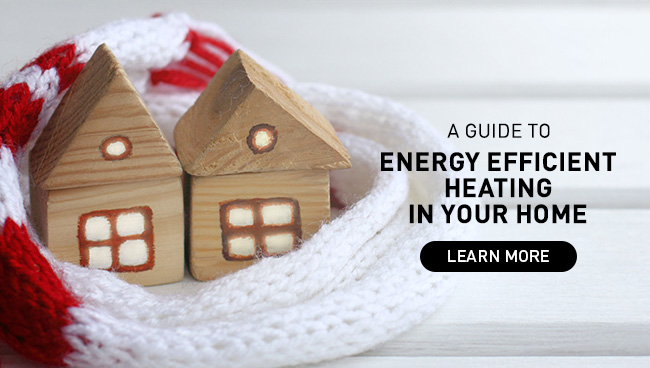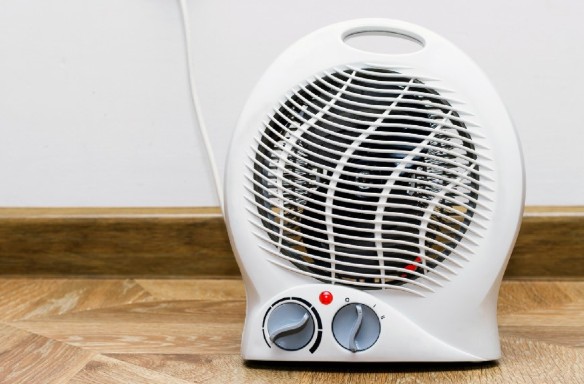
The rising cost of living is a concern many Australians are facing in 2023. With expenses on the rise, and winter on its way, it’s a good idea to evaluate your home heating methods to ensure your current set up maximises efficiency while minimising your running costs.
To help explain the pros and cons of the most common heating solutions in Australia, we’ve enlisted Joe De Bella, our Senior Product Marketing Manager for the Panasonic Air Conditioner Division. With a degree in mechanical engineering and over 30 years’ experience in home and commercial heating and cooling, Joe is more than qualified to give us some insight into the benefits, pitfalls, and running costs of the most common home heating solutions.
Thanks for your time today Joe. Can you give us an overview of the most common ways Australians are heating their homes in 2023?
There are numerous methods to heat your house from gas heaters, to electric heaters, fireplaces, and reverse cycle air conditioning. A number of factors should be taken into consideration when selecting the right method for you. This includes cost, size of area to be heated, efficiency and installation.
Electric heaters seem to be quite popular because they are the most readily available. What are some of the advantages and disadvantages of these units?
The typical electric heater is an easy fix when heating is required. They are relatively cheap, there is no installation required as they are plug and play and they are small in size, making them portable. However, these products are not economical to run. For a typical fan heater, 1kW of power input gives slightly less than 1kW heating capacity. Some of these products can also be a potential burn or fire hazard.

Electric Heater – Portable but expensive to run
How about gas heaters?
Many people like gas heating as it is seen to be a quick and effective way of heating a space. This could be via a standalone unit or a ducted gas heater. There are however some disadvantages to this method. Obviously, gas mains are required to the home and this is not available in every location. Also, when using a stand-alone floor-mounted unit, there is some discharge from burning the gas and thus a level of pollutant is created inside a house. This means that the recommendation is to have some open windows to release this, which is clearly not ideal when you are trying to heat a space.

Gas Heater – Requires gas mains and can impact indoor air quality
So how do reverse cycle air conditioners rank compared to electric and gas heaters? What are the pros and cons of a reverse cycle AC unit?
The most efficient way to heat a space is with a reverse cycle air conditioning unit. This could be either wall or floor mounted or via a whole of home ducted system. With the technology built into a reverse cycle air conditioning system, the amount of energy input is magnified to give a greater output. So, for example, an input of 1kW could give an output of 2.5kW output, or even higher depending on the efficiency of the unit.
The upfront cost and the installation requirements of an air conditioning system do mean that it is a more expensive investment than the other alternatives, however the air conditioning system will last approximately 10 years and there will be substantial running cost savings compared to the alternatives. Obviously, the clear advantage compared to other alternatives is that the system will cool the space in summer as well, thus providing year-round comfort.
How much have Reverse Cycle Air Conditioners improved in the last 10 years?
Over this time this technology has continued to develop in many aspects. With improvements in technology and new refrigerant gases, the efficiency of reverse cycle systems has improved dramatically. On some reverse cycle air conditioners, there has been a 40% increase in efficiency compared to the same unit 10 years ago. Also, the introduction of Wi-Fi capability gives the user the ability to control the system via a smart device, even when they’re not home.
As air quality becomes a very important top of mind issue, the level and quality of air filtration has improved also. Panasonic has also gone to the next step by including an air purification feature in a number of its air conditioning models. This feature is called nanoe™ X. The technology inhibits virus, bacteria, mould, pollens etc. both in the air and on surfaces, and improves air quality in the space where we spend most of our time, our homes.
What about for someone building or renovating a home? What are most builders/renovators installing these days?
It does depend on where you live in Australia, however by far the most popular form of heating used by builders in new constructions is reverse cycle air conditioning. This could be a single wall split for the main living area, or a whole of house fully zoned ducted system which offers the ability to condition all the rooms in the house.
There are definitely many ways Australians choose to heat ‘the great indoors’ from wood burners to gas and electric heaters – and this can depend on what is accessible where you live, the size of the space you need to heat, and whether you own your own home.
We think a reverse cycle air conditioner is ideal for most Australian households as a long-term solution. Yes, the initial investment is greater, but being able to use the AC unit all-year round greatly improves its value for money. Other important considerations are its energy-efficiency compared to other solutions, and the ability to heat both small and large spaces and keep the whole family comfortable.
Factor in other advantages such as the nanoe™ X air purification system and accurate tracking of your energy consumption via the Wi-Fi app and a Panasonic air conditioner is hard to beat.
